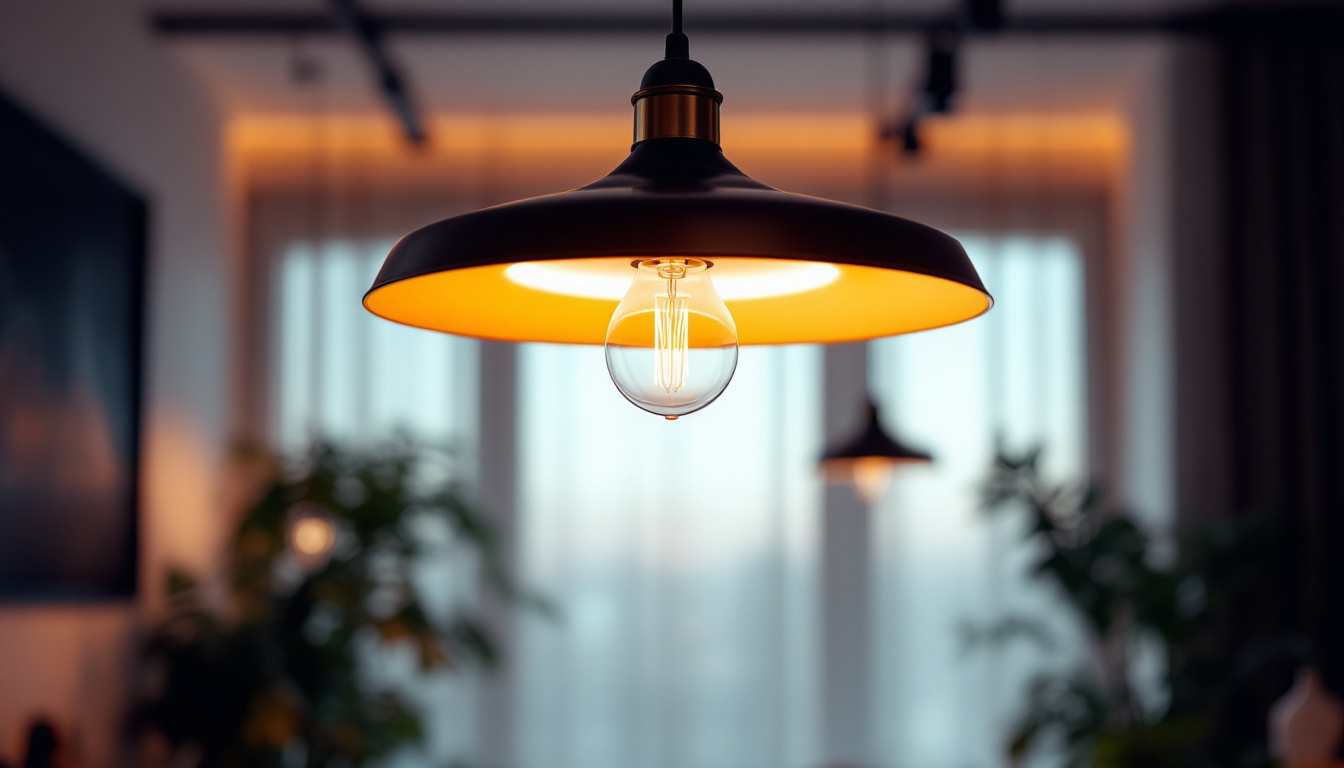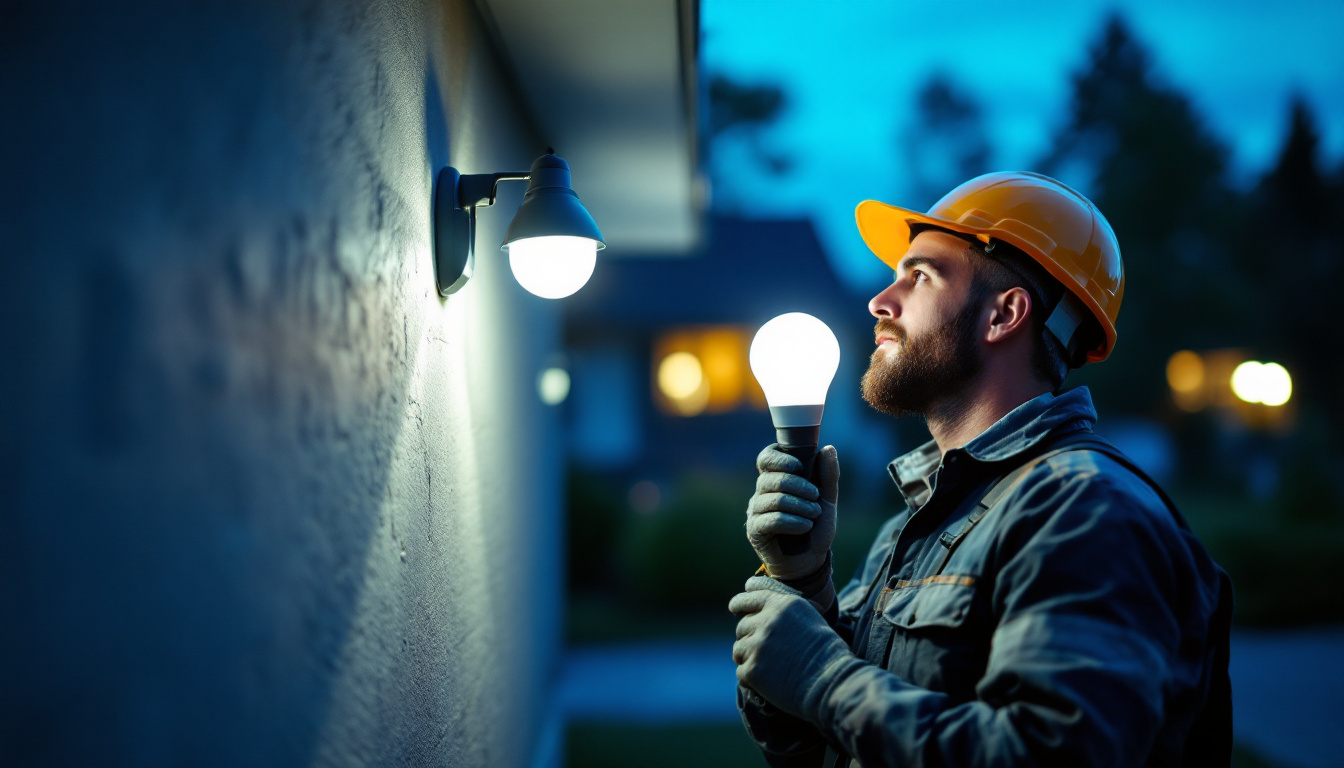
In the world of lighting design, the pendant lamp stands out as a versatile and stylish option for both residential and commercial spaces. For lighting contractors, understanding the nuances of pendant lamps is essential for delivering optimal solutions to clients. This article delves into the various aspects of hang pendant lamps, including their design, installation, and practical applications.
Pendant lamps are light fixtures that hang from the ceiling, typically suspended by a cord, chain, or rod. They come in various styles, shapes, and sizes, making them suitable for a wide range of applications. From modern minimalist designs to ornate vintage styles, pendant lamps can complement any interior aesthetic.
There are several types of pendant lamps, each serving different purposes and offering unique design elements. Key categories include:
When selecting pendant lamps, several design considerations should be taken into account. The height of the ceiling, the size of the room, and the intended use of the light all play a crucial role in the selection process. For instance, in a dining area, a pendant lamp should be hung approximately 30 to 36 inches above the table to provide adequate illumination without obstructing views.
Additionally, the style of the pendant lamp should harmonize with the overall decor of the space. A sleek, modern pendant may clash with a rustic farmhouse aesthetic, while an industrial-style fixture might enhance a contemporary loft. It’s also important to consider the material of the pendant lamp; glass, metal, and fabric can all convey different moods and atmospheres. For example, a glass pendant can create an airy, light-filled environment, while a metal fixture may add a touch of warmth and sophistication.
Furthermore, the color of the pendant lamp can significantly impact the ambiance of a room. Neutral tones like white or black can seamlessly integrate into various color schemes, while bold colors can serve as eye-catching focal points. When choosing a pendant lamp, think about how the color and material will interact with the existing decor, including wall colors, furniture, and other light sources. This thoughtful approach ensures that the pendant lamp not only illuminates the space effectively but also enhances the overall aesthetic harmony of the room.
Proper installation of pendant lamps is critical to ensure both functionality and safety. Lighting contractors must be well-versed in the various installation techniques to accommodate different types of fixtures and ceiling structures. The aesthetic appeal of pendant lighting can greatly enhance the ambiance of a space, making the installation process even more significant as it directly impacts the overall design and functionality of the room.
Before beginning the installation process, it is essential to gather the necessary tools and materials. Common tools include a drill, screwdriver, wire stripper, and voltage tester. Additionally, having the right mounting hardware and electrical boxes is crucial for a secure installation. Depending on the complexity of the installation, contractors may also need a ladder for high ceilings, a stud finder to locate secure anchoring points, and a level to ensure that the fixture hangs straight.
Contractors should also ensure that they have access to the appropriate electrical wiring and that the circuit can handle the load of the new fixture. This may involve upgrading existing wiring or installing new circuits to meet local electrical codes. It’s also wise to consider the type of bulbs that will be used in the pendant lamp, as LED options may require different considerations regarding heat dissipation and energy efficiency. Understanding the wattage and lumens produced by the chosen bulbs can help in selecting the right fixture that not only fits the space aesthetically but also meets the lighting needs of the area.
The installation process for pendant lamps typically follows these steps:
Pendant lamps are not just decorative elements; they serve various practical purposes in different settings. Understanding these applications can help lighting contractors recommend the best solutions for their clients.
In residential settings, pendant lamps are commonly used in kitchens, dining rooms, and entryways. They provide focused lighting for tasks such as cooking and dining while adding a stylish focal point to the decor. In open-concept homes, pendant lamps can help delineate spaces, creating a sense of separation without the need for walls.
Moreover, pendant lamps can enhance the ambiance of a room. By using dimmable options or smart lighting technology, homeowners can adjust the brightness to suit different occasions, from intimate dinners to lively gatherings.
In commercial environments, pendant lamps can serve both functional and aesthetic purposes. Restaurants often use pendant lighting to create a warm and inviting atmosphere, encouraging patrons to linger. In retail spaces, strategically placed pendant lamps can highlight merchandise and draw customers’ attention to specific areas.
Additionally, pendant lamps can be used in office settings to improve lighting quality. Properly placed fixtures can reduce eye strain and enhance productivity by providing adequate illumination for workspaces.
As the demand for energy-efficient lighting solutions continues to grow, pendant lamps are evolving to meet these needs. Lighting contractors should be knowledgeable about the various options available to clients who prioritize sustainability.
One of the most significant advancements in pendant lighting technology is the introduction of LED bulbs. LED pendant lamps consume significantly less energy than traditional incandescent or halogen bulbs, resulting in lower electricity bills and reduced environmental impact.
Additionally, LED bulbs have a longer lifespan, which means less frequent replacements and reduced waste. When recommending pendant lamps, contractors should highlight the benefits of LED options, including their versatility in design and color temperature.
Smart lighting technology is another trend that is gaining traction in the pendant lamp market. These systems allow users to control their lighting remotely via smartphone apps or voice-activated devices. This level of control not only enhances convenience but also contributes to energy savings by allowing users to adjust lighting based on occupancy and time of day.
Contractors should familiarize themselves with various smart lighting products and systems to provide clients with the best solutions tailored to their needs. Incorporating smart technology into pendant lamps can elevate a space’s functionality and appeal.
To ensure the longevity and performance of pendant lamps, regular maintenance and care are essential. Lighting contractors should advise clients on proper cleaning techniques and maintenance schedules.
Dust and grime can accumulate on pendant lamps over time, diminishing their aesthetic appeal and light output. Depending on the materials used in the fixture, cleaning methods may vary. For glass or metal fixtures, a soft cloth and mild detergent can be effective. Avoid using abrasive cleaners that could scratch the surface.
For fixtures with intricate designs or hard-to-reach areas, a gentle vacuum attachment can help remove dust without causing damage. It is advisable to clean pendant lamps regularly to maintain their appearance and functionality.
Contractors should educate clients about recognizing when it’s time to replace bulbs in pendant lamps. While LED bulbs have a longer lifespan, they do eventually dim or fail. Signs that a bulb may need replacing include flickering, reduced brightness, or color changes.
Encouraging clients to keep a stock of replacement bulbs on hand can ensure that their pendant lamps remain functional and visually appealing at all times.
Pendant lamps are an integral part of modern lighting design, offering both aesthetic appeal and functional benefits. For lighting contractors, understanding the various types, installation techniques, and practical applications of these fixtures is essential for providing clients with tailored solutions.
By staying informed about energy-efficient options and maintenance practices, contractors can enhance their expertise and deliver exceptional service. As pendant lamps continue to evolve with technology and design trends, lighting contractors must adapt and embrace these changes to meet the needs of their clients effectively.
Incorporating pendant lamps into a lighting design can transform spaces, making them more inviting and functional. Whether in residential or commercial settings, these fixtures hold the potential to illuminate and elevate any environment.
Ready to elevate your lighting designs with the perfect pendant lamps? At LumenWholesale, we provide lighting contractors with an exceptional range of high-quality, spec-grade lighting solutions at the most competitive wholesale prices. Our commitment to cutting out the middleman means you enjoy superior products without the premium markups, and our commitment to quality ensures your projects shine with reliability and performance. Plus, with free shipping on bulk orders, you can stock up on premium lighting effortlessly and affordably. Don’t settle for less—choose LumenWholesale for the best value in lighting. Wholesale Lighting at the Best Value.

Discover how incorporating outdoor flood light bulbs into your projects can elevate your lighting contracting business.

Discover how lighting contractors can enhance their projects with 12V LED light transformers.

Discover expert tips and insights for lighting contractors on selecting and installing sconces light fixtures.

Discover how Discount Lighting Warehouse can help lighting contractors win more bids with quality products, competitive pricing, and expert support—boost your project success today!.